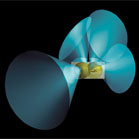Cell hybrid learning environment
Cell is a visual environment design for a multimedia room in public elementary schools, an interdisciplinary activity space that stimulates students to develop a passion for learning.
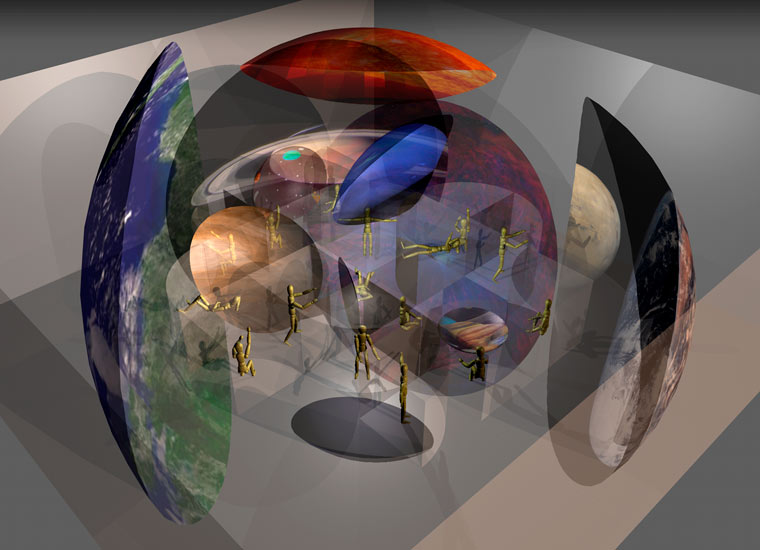
How can visual design contribute to education?
This question is the starting point of Cell. Considering the Brazilian context in which this project would be implemented, the role of visual design in education environments is often taken for granted, mainly in public schools. Most public school environments reflect an outdated approach to education: austere and incarcerating architecture, rooms packed with rows of tables and chairs and one whiteboard, dull school books and obsolete computer labs. As a result, students don’t feel motivated to learn and are often unable to build a personal knowledge base.
In such case scenario, Cell intends to rethink the role of visual information in the school environment, in order to promote learning and collaborative work.
As can be seen from the conceptual renderings, Cell focuses on designing an engaging visual space, where the environment is thought as a visual information medium – it doesn’t approach architectural aspects, furniture or devices for the room. Except for the visual information displays, all forms that appear on the process are not to be seen as objets; they represent the realm of action and experience.
Surely, the implementation of this project requires an interdisciplinary collaboration between architects, engineers, interaction designers and other professionals. Cell is the foundation of such a multimedia room, the study that defines the place and possibilities of visual information.
Design Process
Conceptual image
1/6
The design process began with a research on contemporary pedagogical theories and practices, followed by reviews on a group of visual products for children, such as animated series, school books and video games. This research laid the groundwork for a brainstorm on possible activities, systems and resources that could be a part of the multimedia room.
All of which were then grouped according to key qualitative criteria, in order to form the environment’s conceptual image – whose transparency and layers translate the complexity of possible experiences. Cell: an autonomous, hybrid and permeable unit, which is able to adapt to several situations.
Modular layout
2/6
The next step consisted of establishing a grid-based, modular layout for the room, made of activity clusters. The activities that require a more fixed structure take place near the corners of the module, whereas the center is more suitable for adaptive visual media.
Workstations and action fields
3/6
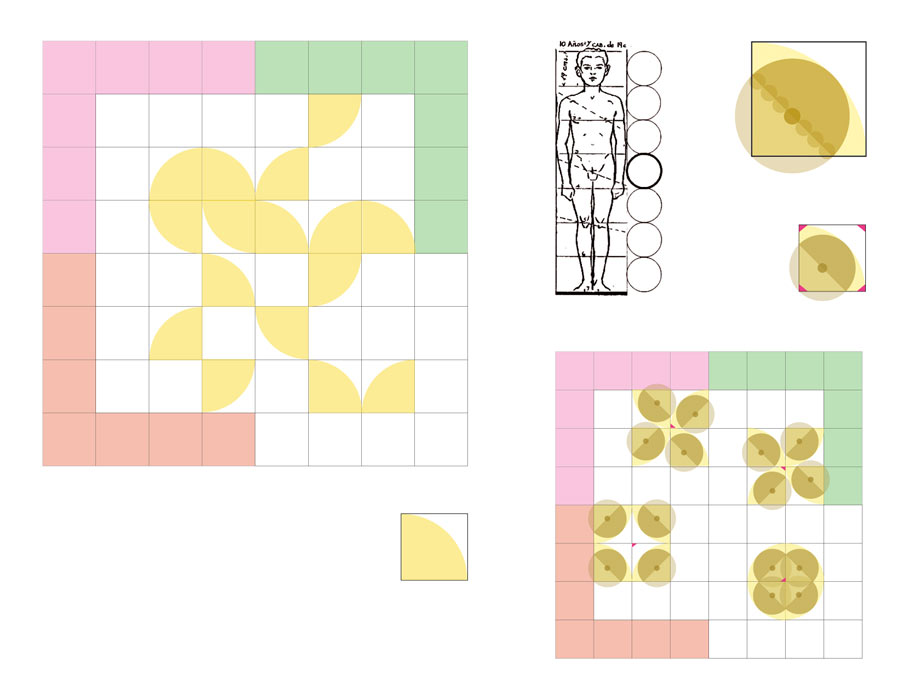
Each grid element can have a workstation module, shaped as a quarter of a circle. Such a shape allows multiple modular configurations – the alternation of curves and straight lines can facilitate either group work or individual work.
In order to visualize the possibilities of action within the workstations, the students’ body movement field, based on body proportions, is layered over the workstation modules.
The sphere represents the ensemble of possible positions and movements of each person. It is divided into two action hemispheres – front and back – and the smaller sphere in the center represents the head.

Visual field mapping
4/6
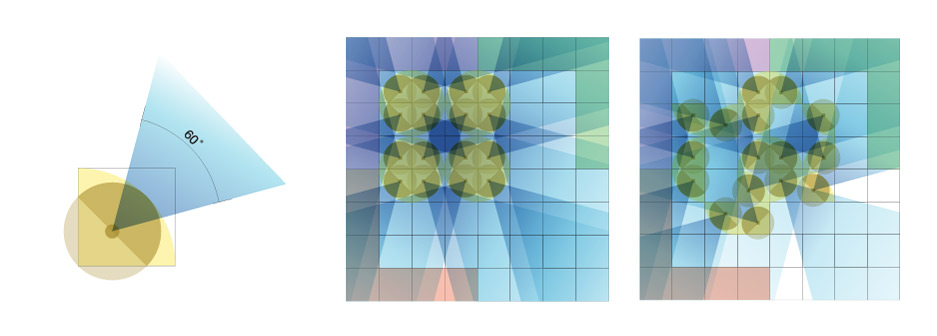
Considering the optimum visual field range of 60 degrees, a series of maps were made so as to visualize the areas that concentrate the greatest visual interest within each configuration.
Visual information areas
5/6
Such cartographic work evolved into delimiting different visual information areas, whose extent varies according to the nature of the activity being conducted in the room. The closer, narrower areas are more suitable for small groups or individual work, whereas the wider and more distant ones are aimed at large groups.
As for the shape of the visual information displays, it is preferred to be circular, due to greater image depth and immersive capacity.
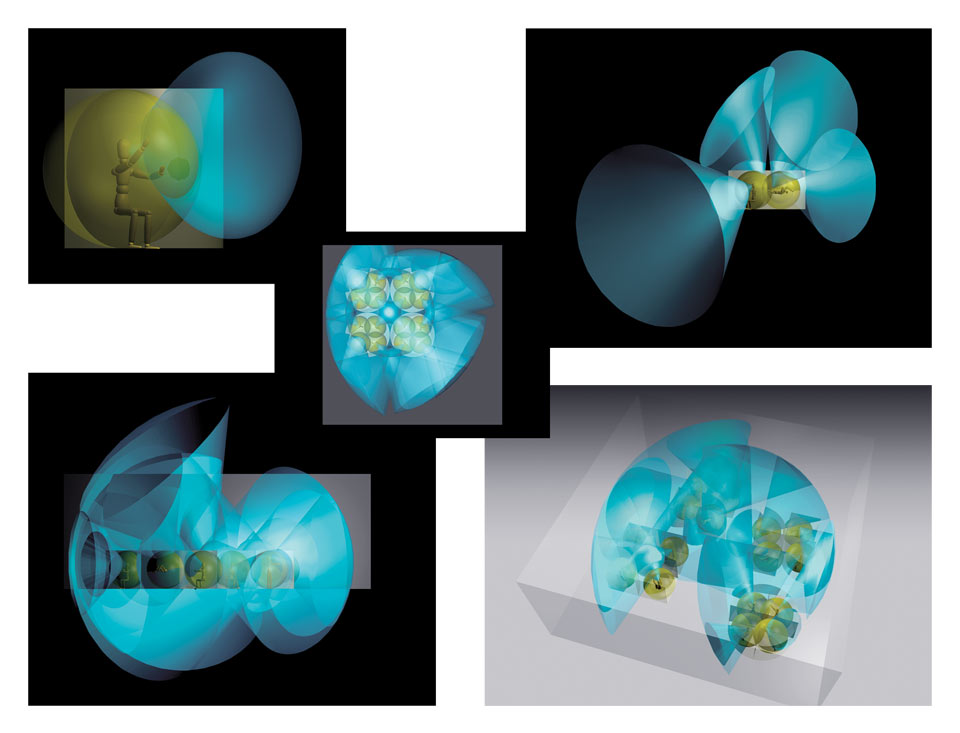
Conceptual rendering
6/6
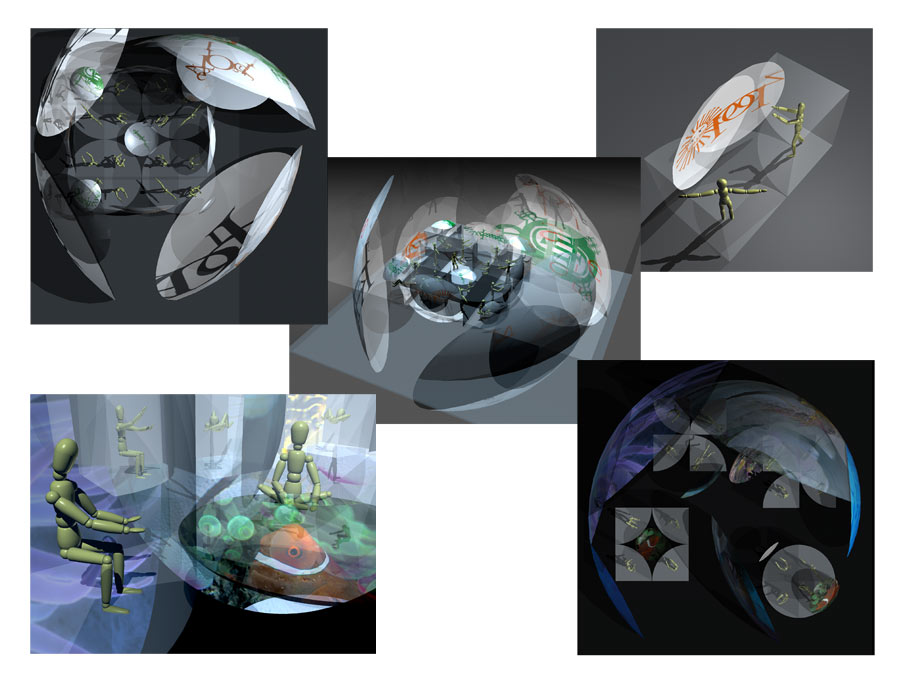
The final stage of the design process is simulating the interaction between the students and the visual information that surrounds them.
Note: the images presented on the visual information areas are merely illustrative. All the content that should be presented during activities in Cell is supposed to be produced in collaboration with the students and teachers.


